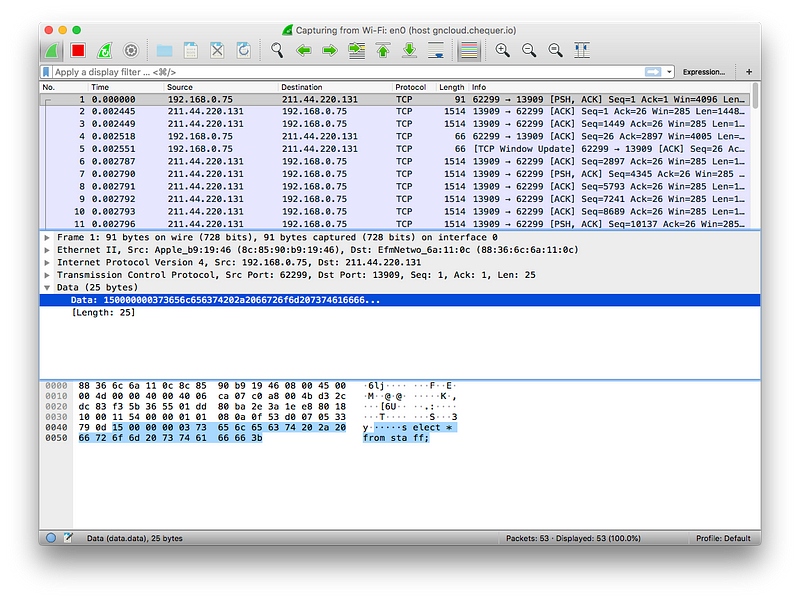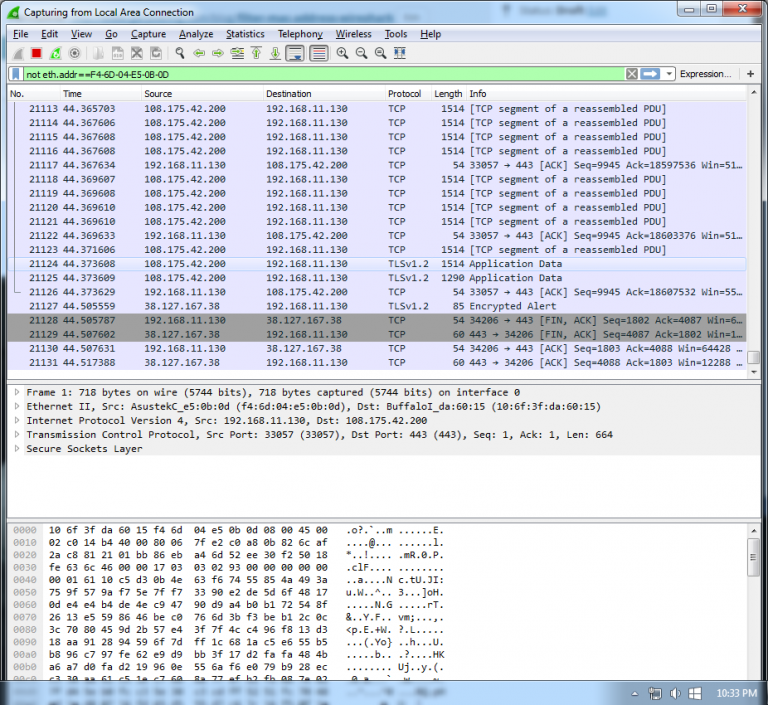

Nowadays due to security reasons the support for SSLv2Hello is completely removed in most of the servers. The SSLv2Hello is a pseudo-protocol which allows Java to initiate the handshake with an SSLv2 'hello message', but it does not lead to the use of the SSLv2 protocol, which is not supported by Java at all. For that reason, Oracle introduced SSLv2Hello in their Java. However, a few years ago some old servers still used SSLv2 record format during the initial handshake. The latest standard version is TLSv1.2.įrom the beginning SSLv2 showed some weaknesses and was deprecated shortly after the release of SSLv3. Those protocols are standardized and described by RFCs. TLS stands for Transport Layer Security and started with TLSv1 which is an upgraded version of SSLv3. SSLv2 and SSLv3 are the 2 versions of this protocol. SSL stands for Secure Sockets Layer and was originally created by Netscape. TM - for internal communication (cluster, streaming, ICAP, Sentinel/Decision Insight, and LDAP).Client Certificate Authentication for CITs and SITs.TM - for SITs using HTTPS, FTPS, and PeSIT over Secured Socket.ADMIN - for administrators accessing the Admin UI over HTTPS.PESITD - for CITs using PeSIT over Secured Socket.Working with Wireshark to decode SSL/TLS session.This article will provide details about the usage of SSL/TLS in SecureTransport as well as explanation of several basic concepts of security.

There is also a wide range of tools such as NetworkMiner available to view and analyze packet captures generated from app trafficĭo you have any successes or failures grabbing packet captures from iOS devices? Please share in the comments.Authentication and encryption with SSL/TLS The effectiveness of these techniques can be limited but it is much safer to get packet captures compared to jailbreaking devices, and is fully supported by Apple. This works because the initial connection to encrypted websites is not immediately encrypted and the will often provide some basic information such as the host and URL and the certificate issuer Review all HTTPs connections and extract the host information listed in the certificate x.509 certificate.Signing in with different accounts, clicking buttons that are not usually hit, and closing and re-opening over and over can sometimes show otherwise hidden usage of APIs or connections to third parties. DNS requests are almost never encrypted and contain a lot details regarding what hosts your device is connecting to.The app making HTTP connections will usually indicate some sort of older functionality. These should stand out because newer versions of iOS apps almost always use encryption. Review all HTTP requests sent by using the app.There are several techniques that can be used to analyze the security of applications using packet captures, including identifying apps infected with malware or undocumented spyware-like functionality. Actually running the app while getting logging the packets is simple - run the app while Wireshark (or another sniffing utility) listens on the rvictl adapter on the Mac/ Apple fully supports running a packet capture on iOS devices assuming 1.) the phone trusts the device it is connecting to and 2.) an OS X machine running a packet sniffer is used. There is an exception to these general restrictions. Due to numerous restrictions set up by Apple (check out EFF's review of the app rules) there are very few commercial tools that can be used to review iOS applications.Īlmost all of the non-commercial iOS application security tools have a not-really-that-legitimate feel, and if not used carefully or by technical security folks could result in data loss.

Reviewing the security of iOS applications can be difficult.


 0 kommentar(er)
0 kommentar(er)
